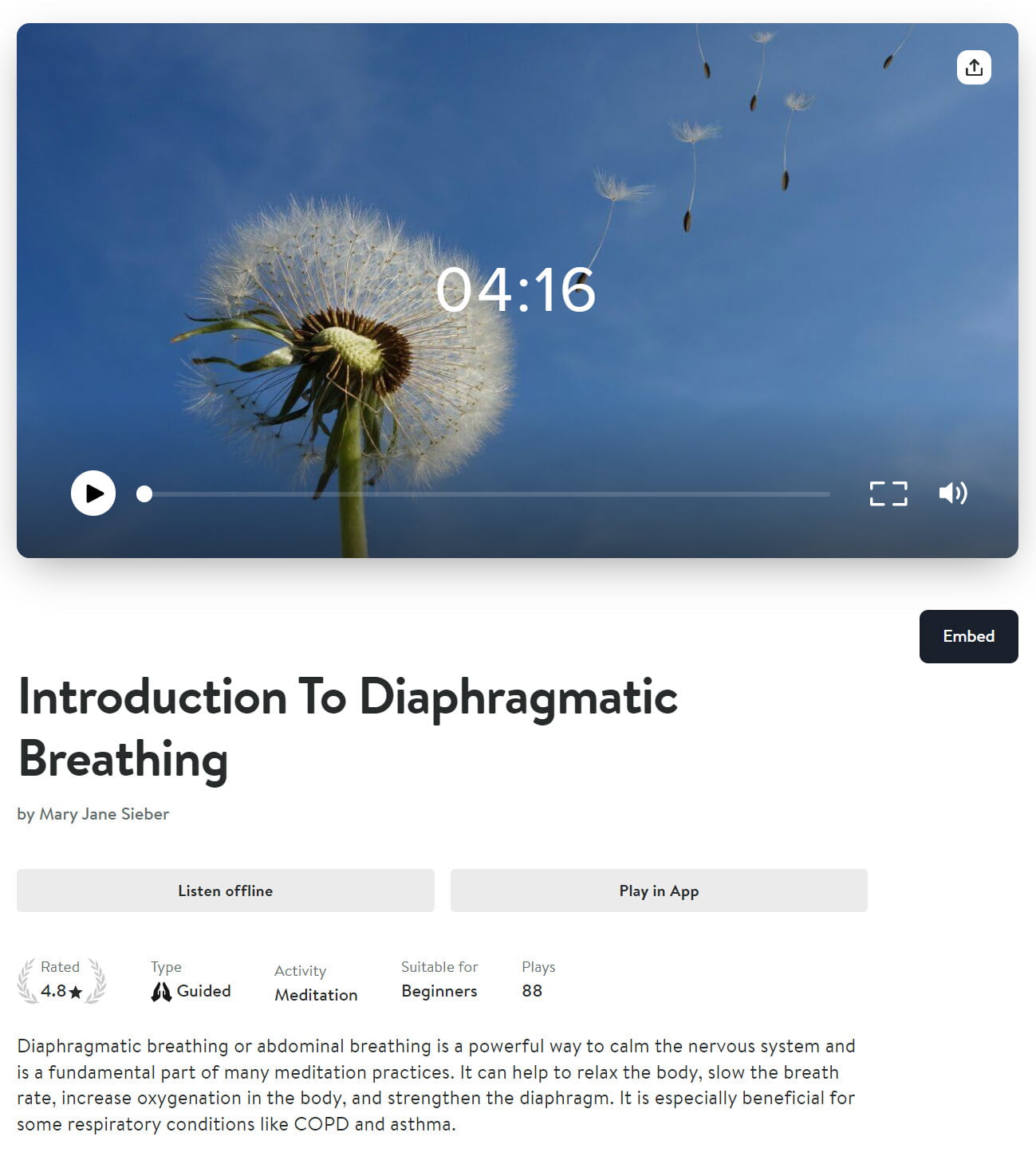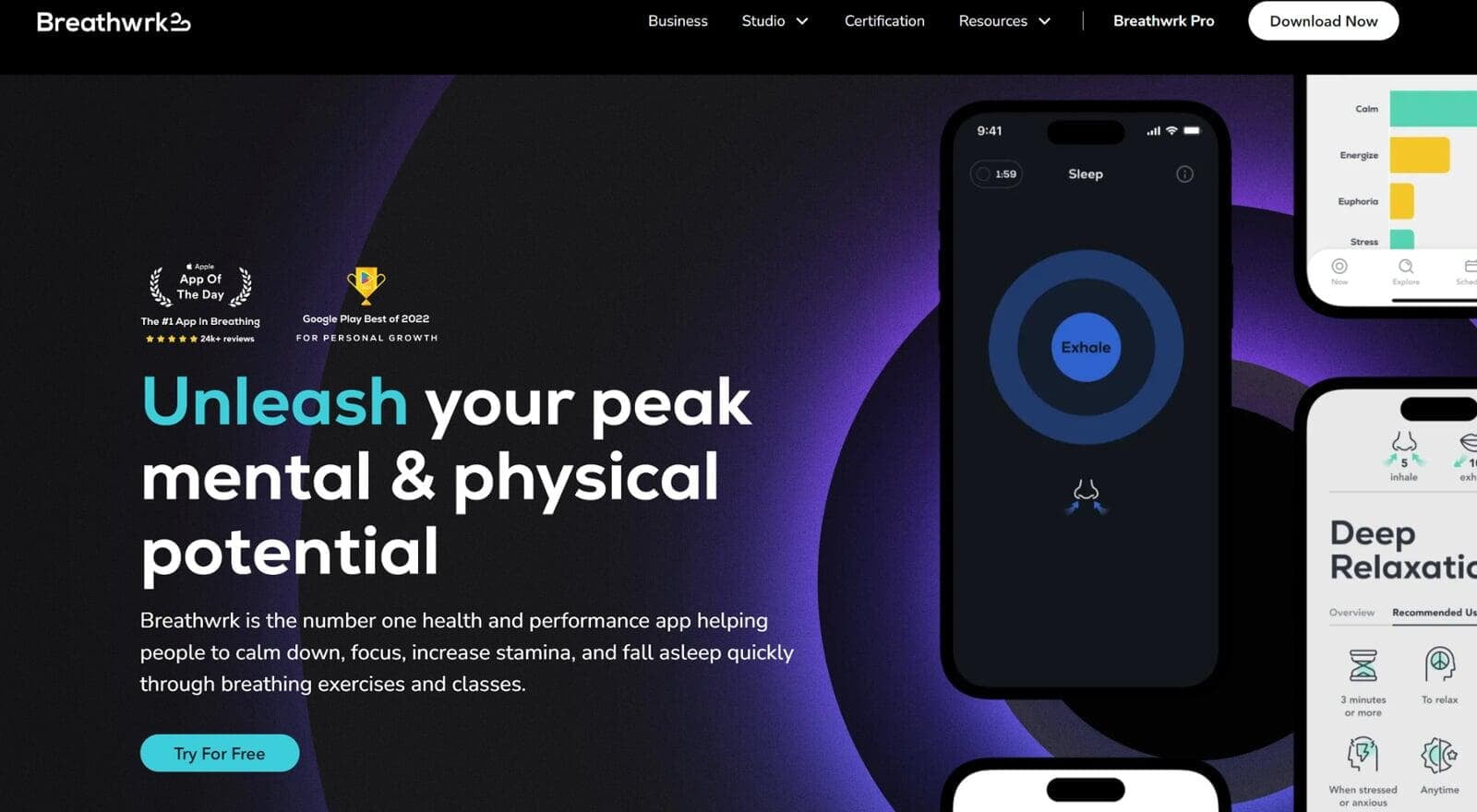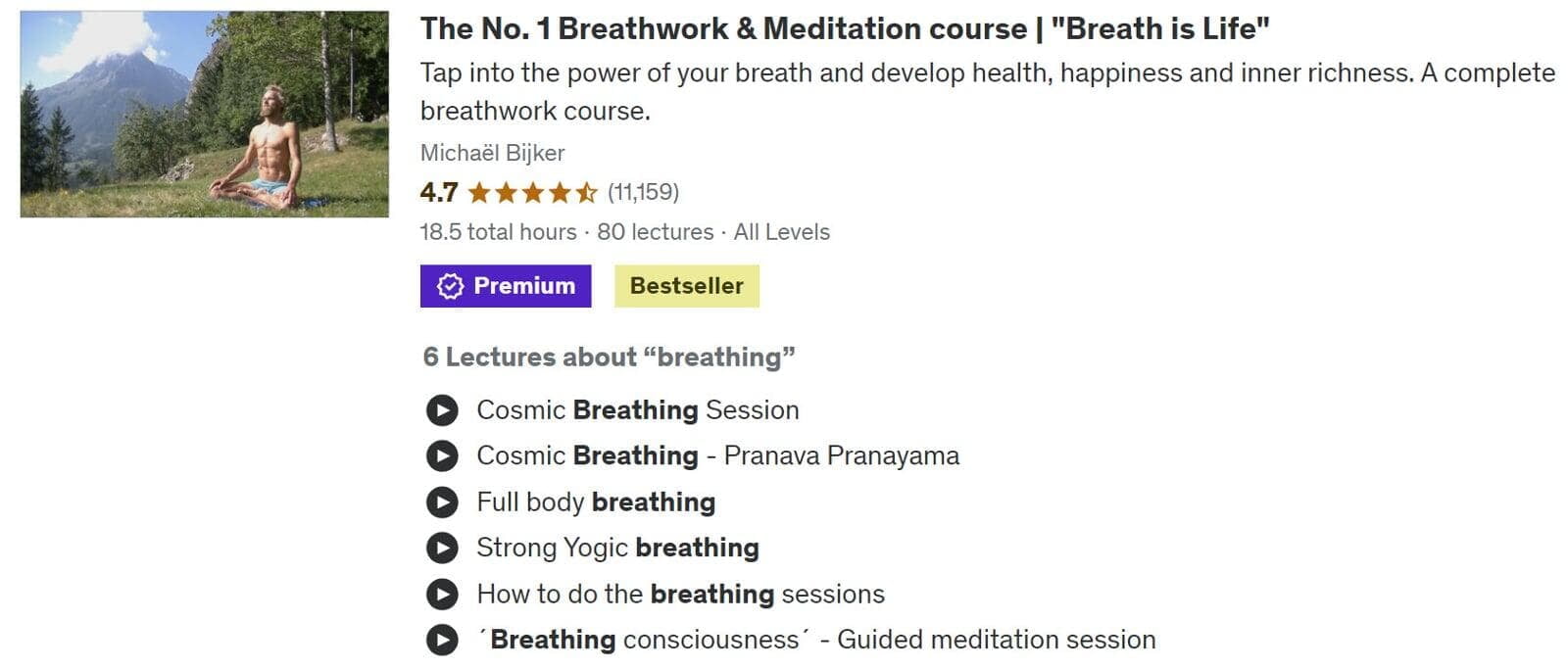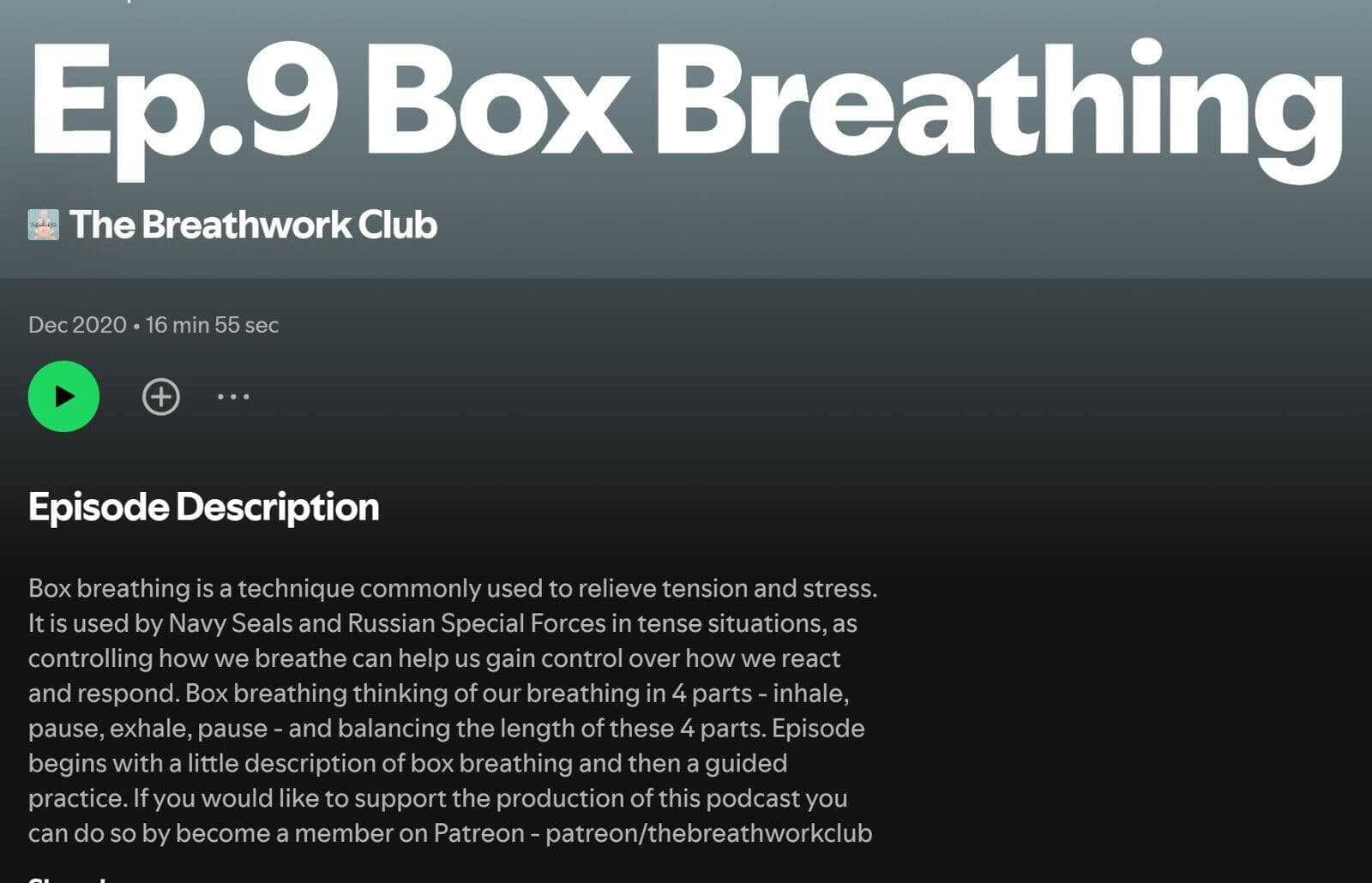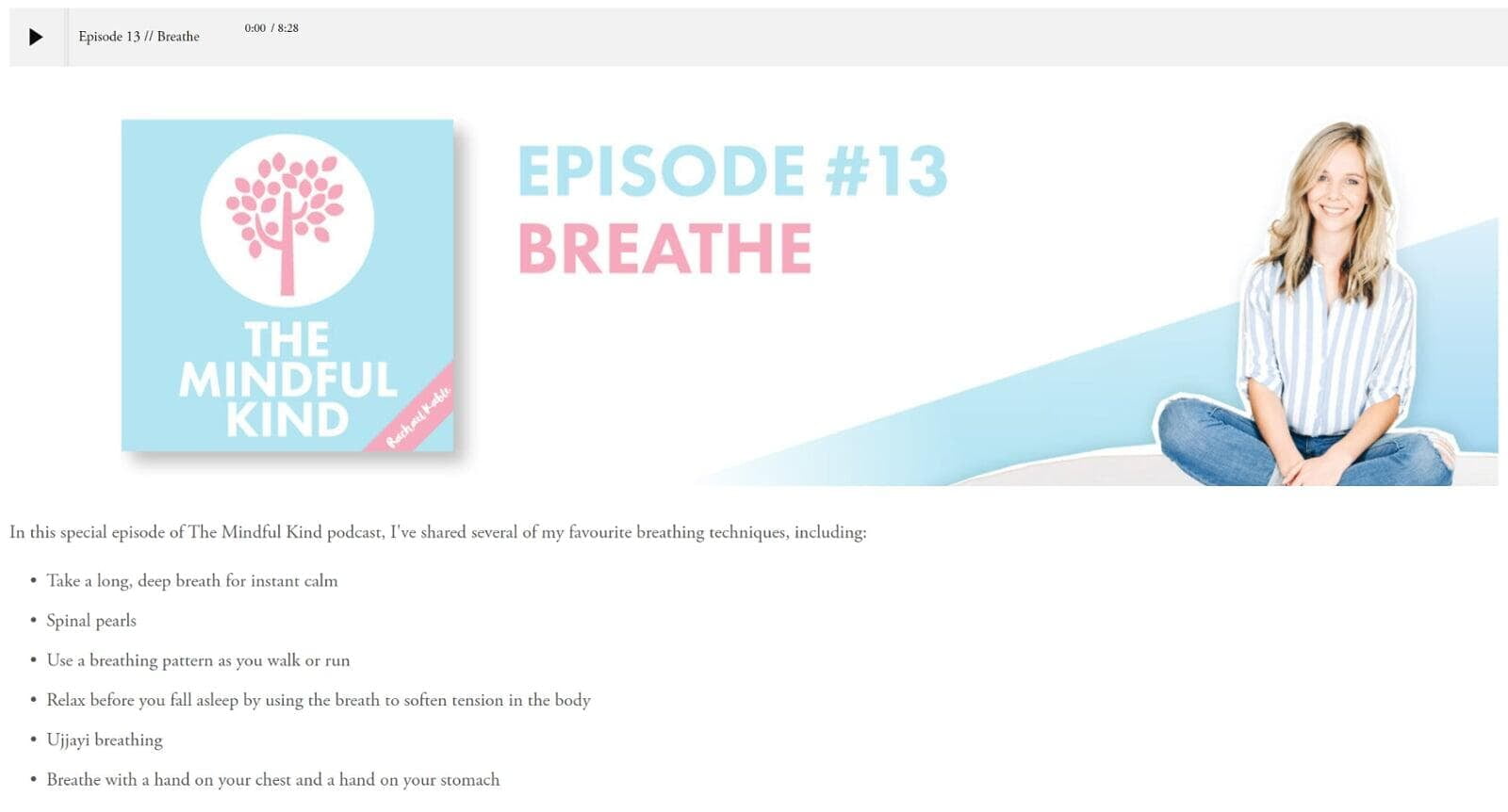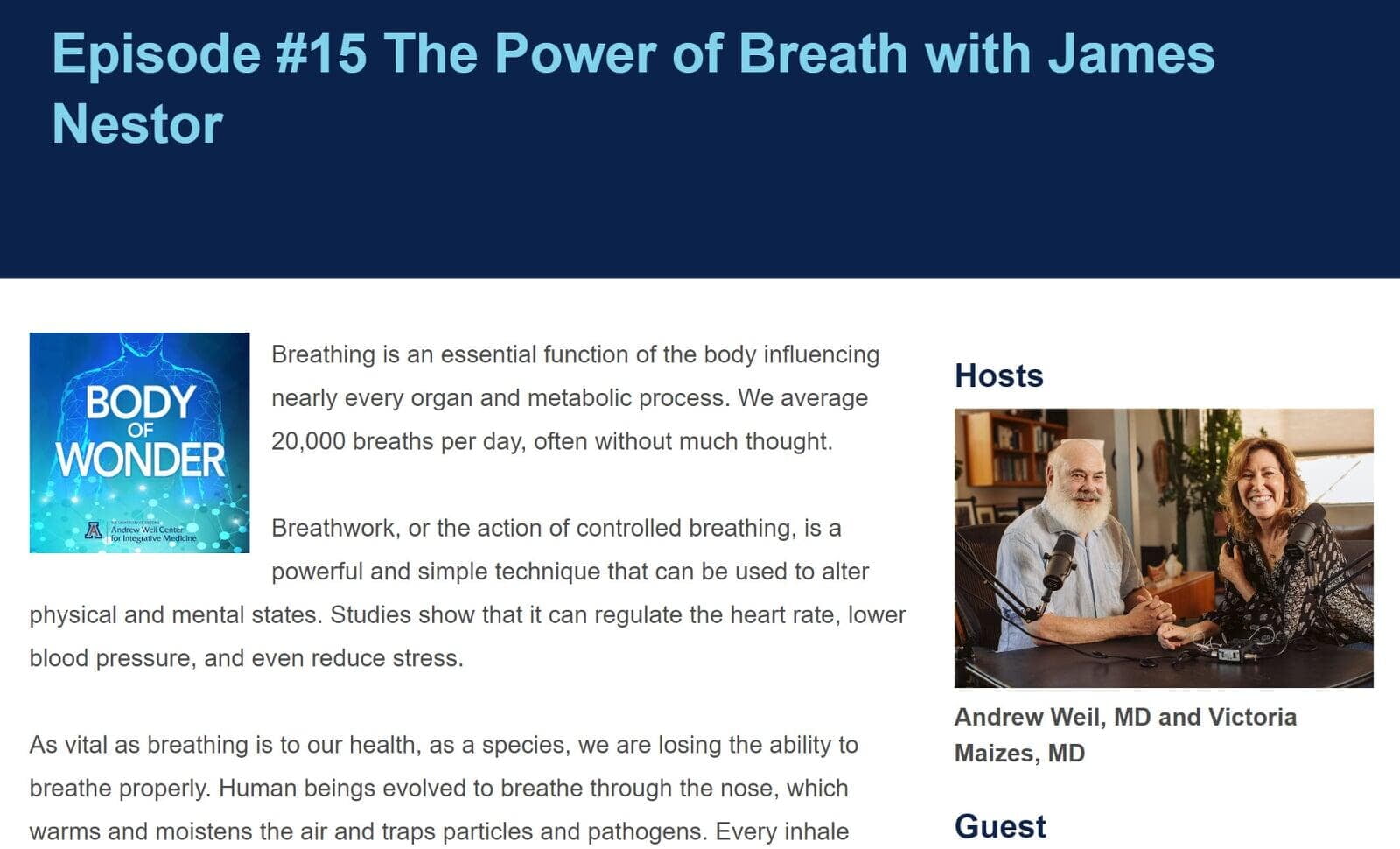Diaphragmatic Breathing
Use Breathing to Stimulate the Relaxation Response
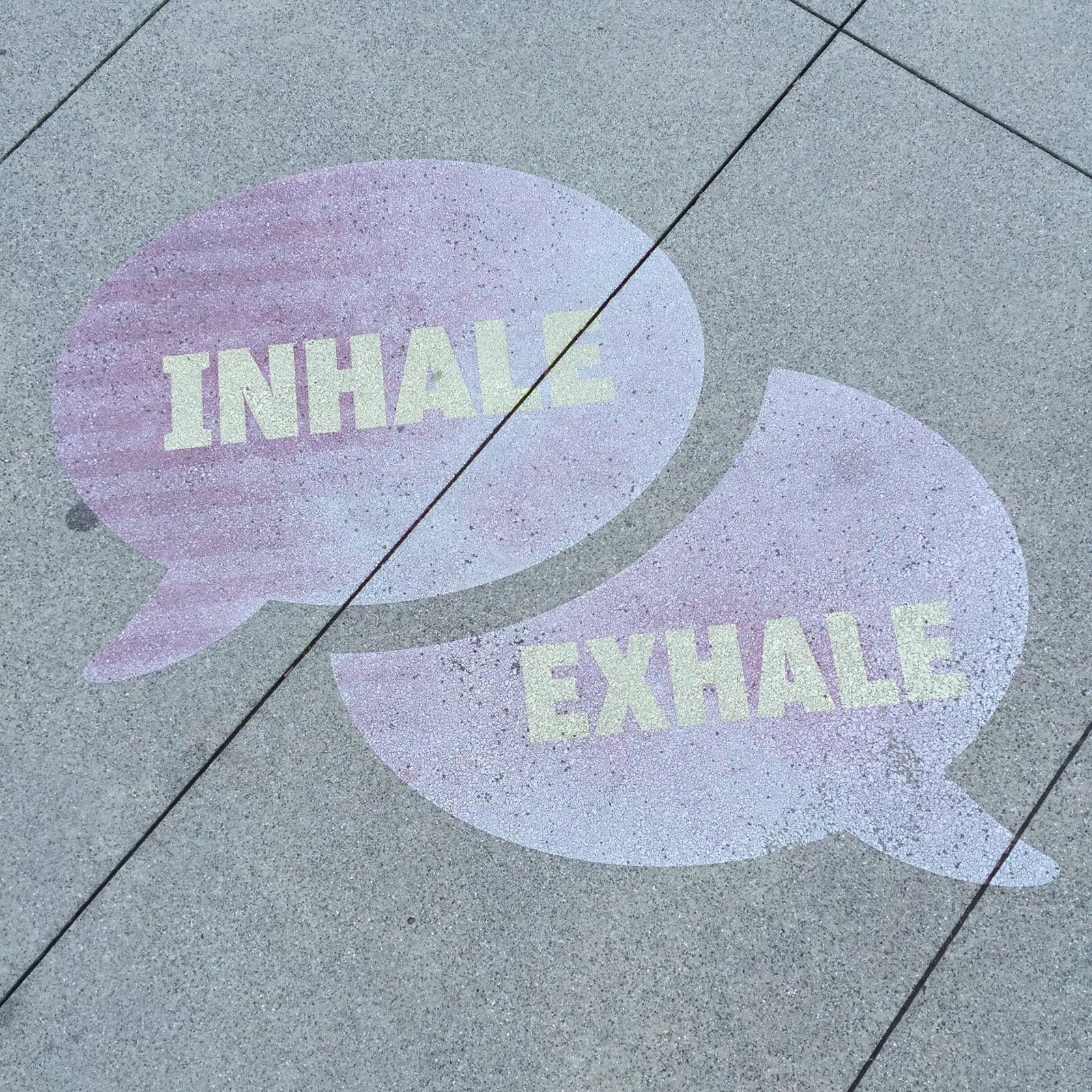
Introduction
Diaphragmatic breathing, also known as deep breathing or belly breathing, is a technique that involves using the diaphragm, a large muscle located between the chest and abdomen, to facilitate efficient breathing. This type of breathing allows for deeper inhalations and exhalations, promoting relaxation and reducing stress.
Why It Works
Diaphragmatic breathing works by engaging the diaphragm, which allows for a more efficient exchange of oxygen and carbon dioxide in the body. This promotes relaxation by stimulating the parasympathetic nervous system, responsible for the body's "rest and digest" response. It also helps reduce the activity of the sympathetic nervous system, associated with the body's "fight or flight" response to stress.
How To Do It
Instructions:
2. Place Your Hands
You can place one hand on your chest and the other on your abdomen. This allows you to feel the movement of your breath more clearly.
3. Inhale Slowly through Your Nose
Breathe in slowly through your nose, allowing your abdomen to rise as you fill your lungs with air. Your chest should remain relatively still during this phase.
4. Exhale Slowly through Your Mouth
Exhale slowly and gently through your mouth. As you do so, allow your abdomen to fall naturally.
5. Continue to Inhale and Exhale
Aim for 4-6 second inhale and 4-6 second exhale. Practice for a few minutes (2-10 minutes recommended).
Helpful Tips:
- Find a comfortable and quiet space.
- Close your eyes (optional).
- Focus on your breathing. Pay close attention to the sensation of the breath entering and leaving your body.
- Purse your lips when you exhale. Similar to blowing out candles.
- Feel the rise and fall of your abdomen.
- Maintain a rhythm. Try to establish a steady rhythm of breathing, making sure inhalation and exhalation is smooth, balanced, and controlled.
- Breathing should feel comfortable and natural. If you feel lightheaded or uncomfortable, return to your regular breathing pattern.
- Practice regularly. Like any skill, diaphragmatic breathing improves with practice. Aim to incorporate it into your daily routine, especially during times of stress or when you need to relax.
Ask a Question:
[Enter your question here.]
Sargon (Artificial Intelligence)

Recommended Videos
New York Presbyterian Hospital
Diaphragmatic Breathing
Michigan Medicine
Diaphragmatic Breathing Demonstration
UCLA Health
Diaphragmatic Breathing
Helpful Apps & Websites
Online Learning Courses
Podcasts
Influential Books
Find a Specialist
Scientific Research
- Brown, R. P., & Gerbarg, P. L. (2005). Sudarshan Kriya yogic breathing in the treatment of stress, anxiety, and depression: part I-neurophysiologic model. Journal of Alternative and Complementary Medicine, 11(1), 189-201. https://pubmed.ncbi.nlm.nih.gov/15750381/
- Jerath, R., Edry, J. W., Barnes, V. A., & Jerath, V. (2006). Physiology of long pranayamic breathing: Neural respiratory elements may provide a mechanism that explains how slow deep breathing shifts the autonomic nervous system. Medical Hypotheses, 67(3), 566-571. https://pubmed.ncbi.nlm.nih.gov/16624497/
- Lehrer, P. M., Vaschillo, E., & Vaschillo, B. (2000). Resonant frequency biofeedback training to increase cardiac variability: Rationale and manual for training. Applied Psychophysiology and Biofeedback, 25(3), 177-191. https://pubmed.ncbi.nlm.nih.gov/10999236/
- Pal, G. K., Velkumary, S., & Madanmohan. (2004). Effect of short-term practice of breathing exercises on autonomic functions in normal human volunteers. Indian Journal of Medical Research, 120(2), 115-121. https://pubmed.ncbi.nlm.nih.gov/15347862/
Related Topics:
Strongly Related
Reduce Stress:
[Links to related web pages]
[Links to related web pages]
[Links to related web pages][Links to related web pages]
Moderately Related
Issue B:
[Links to related web pages]
[Links to related web pages]



